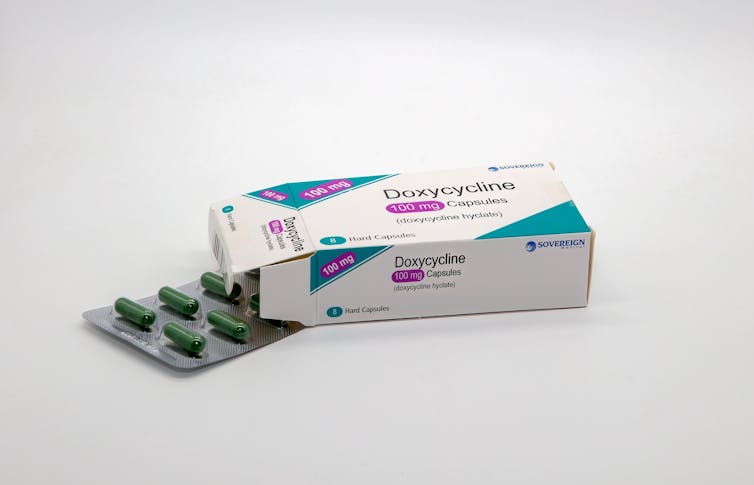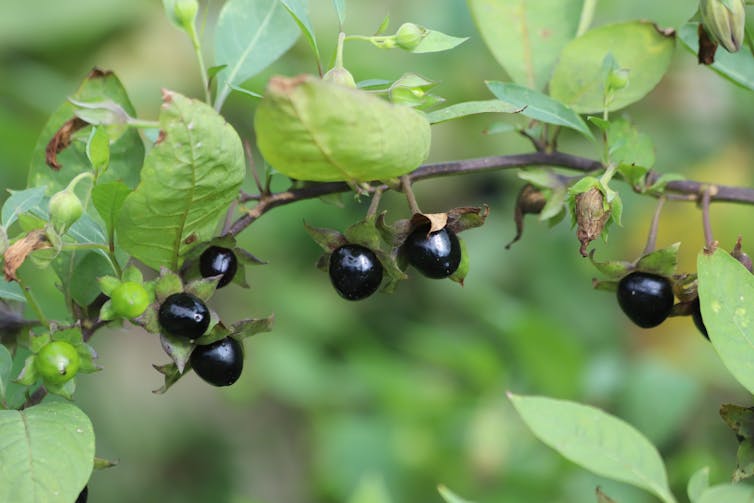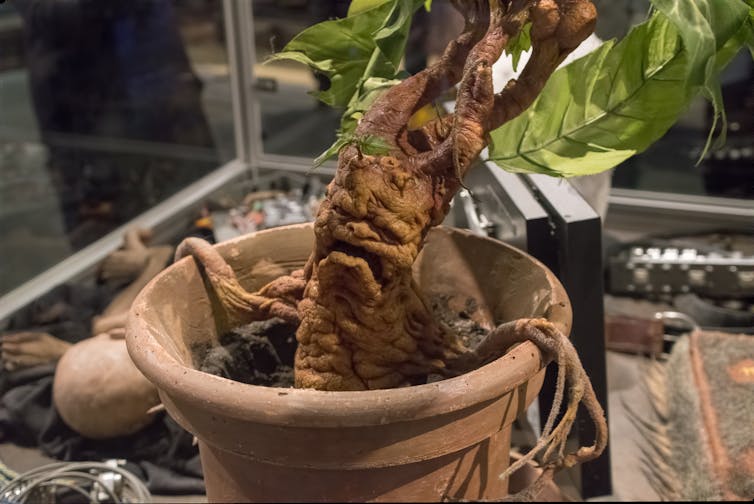Source: The Conversation – UK – By Paul Hough, Lecturer Sport & Exercise Physiology , University of Westminster
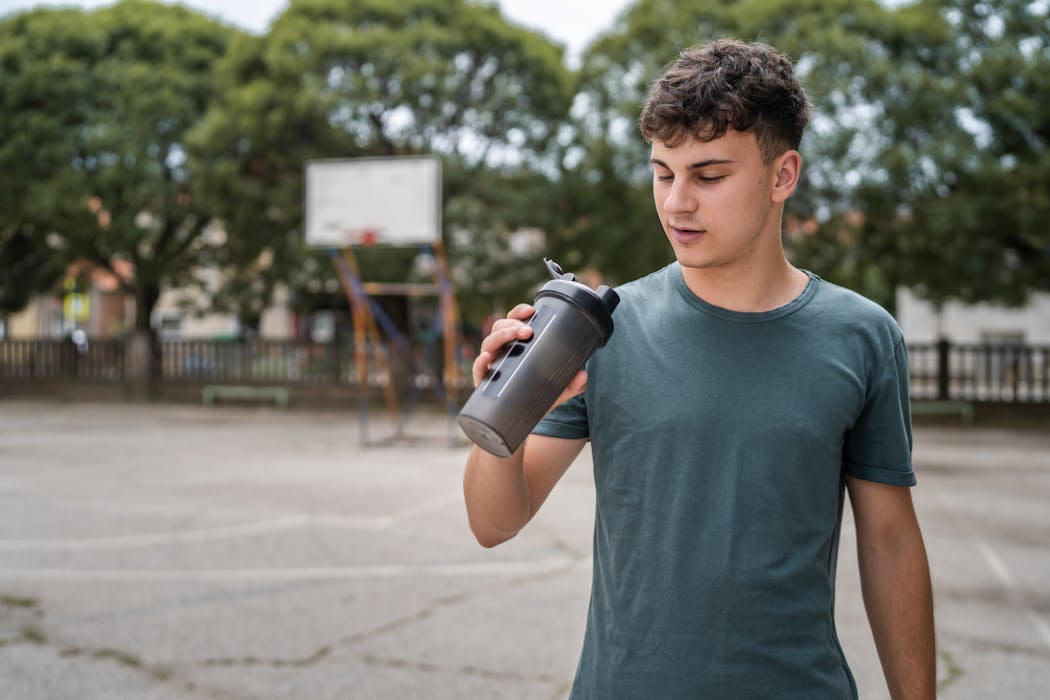
Creatine is one of the most widely used sports supplements across the world. It’s taken by many in the hopes of boosting strength, enhancing athletic performance and promoting muscle growth.
But it isn’t only adults who are using this supplement. A growing number of teenagers and young adults report taking creatine in the hopes of reaping the supplement’s benefits.
Surveys show that as many as 72% of male athletes aged 17-18 report using creatine. Use is typically more common among athletes, especially young men.
While creatine is generally considered to be safe for young people to use, it’s no shortcut to getting fit. It’s better for young people looking to get strong or improve their athletic performance to focus on the fundamentals: exercising, eating properly and prioritising sleep.
Read more:
Creatine supplements: what the research says about how they can help you get in shape
Creatine is a natural compound stored within muscle. Although a small amount is produced in the kidneys and liver, most (around 95%) is obtained from eating meat and seafood. Creatine plays an important role in providing energy during high-intensity activities, such as sprinting and lifting weights.
Although several forms of creatine are commercially available, creatine monohydrate is the most stable and extensively studied form.
Numerous studies show that creatine supplementation enhances performance in high-intensity exercises requiring strength and power, such as strength training and sprinting. Creatine supplementation may also lead to more muscle growth when combined with resistance training, and faster recovery from exercise.
Emerging research also suggests that creatine’s benefits extend beyond the gym. Studies indicate that creatine may improve aspects of cognitive function – specifically memory and attention.
Creatine also shows promise for older adults in preventing muscle loss and protecting against neurological disorders such as Parkinson’s and Alzheimer’s.
Creatine’s safety
A typical diet that includes meat and seafood provides around 1–2 grams of creatine per day, which keeps the muscles around 60–80% full of creatine.
Taking a daily creatine supplement eventually fills the muscles with creatine. There are two common ways to do this.
The quickest and most commonly studied method involves a one week loading phase. This entails taking 0.3 grams of creatine per kilogram of body weight four times a day. For example, a 75kg person would take a total of 24g of creatine per day.
An alternative approach, which increases muscle creatine levels more gradually, is to take 3g of creatine per day for around 28 days.
Both approaches will fill muscle creatine stores. The first (loading) approach tops up creatine stores faster, which means you’ll see benefits to exercise performance faster. However, the second approach is less likely to cause temporary gastrointestinal discomfort (such as bloating and diarrhoea) which are more common when using the loading approach.
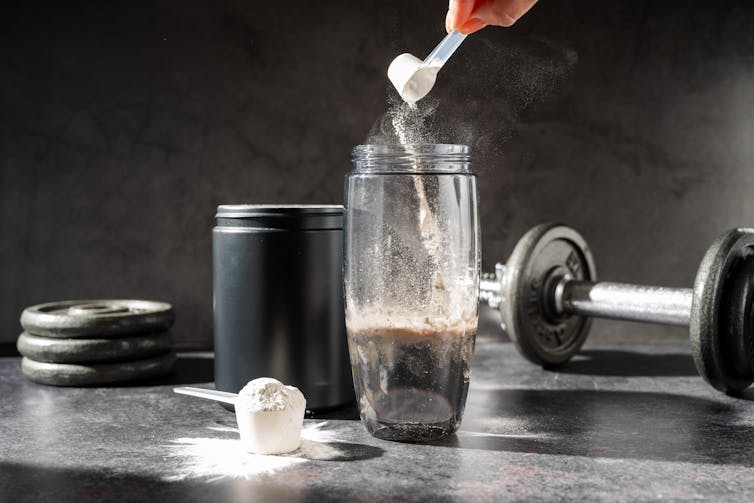
Erhan Inga/ Shutterstock
Regardless of what approach you use, taking 3-5g of creatine daily is necessary to maintain muscle creatine levels.
Numerous studies show that short and long-term creatine supplementation (up to 30g a day for five years) is safe and has no ill effects on health when taken at the recommended dosages.
The most common side-effect of creatine is weight gain as the supplement increases water retention in muscles. This extra water remains only as long as you’re taking creatine.
Creatine and young people
Although creatine is shown to be safe and effective for adults, only a few studies have investigated the effects among children and adolescents.
The available studies show that creatine appears to be safe for young people to use and can provide performance benefits, particularly for athletes. Most studies have only looked at the safety of a creatine dosage between 0.1g and 0.3g per kg of body mass per day. As such, it’s important that any young people who choose to use creatine do not exceed this dosage.
Although creatine appears to be safe for children and adolescents to take, it is possible that, without proper nutrition education and supervision of dosing, they could be at risk of misusing creatine – potentially leading to adverse effects such as stomach cramps.
A study that evaluated young athletes’ understanding of how sports supplements should be used reported that only 11% of the athletes answered questions correctly about creatine use.
Regardless of age, it’s important to recognise that supplements such as creatine are not a shortcut to improving fitness, building muscle or losing body fat. Supplements provide much smaller performance gains compared to what can be achieved through good training and nutrition alone. While sports supplements support training and recovery, significant progress comes from consistent exercise, a balanced diet and adequate sleep.
With a well-designed training programme and healthy eating plan, young people will experience rapid improvements in strength, power and endurance without the need for supplements. Focusing too soon on taking supplements could distract young people from building good training habits and healthy eating patterns.
This is why most sport nutritionists recommend using a food-first approach, which focuses on maximising diet quality before recommending supplements such as creatine.
![]()
Paul Hough does not work for, consult, own shares in or receive funding from any company or organisation that would benefit from this article, and has disclosed no relevant affiliations beyond their academic appointment.
– ref. Should young people take creatine? – https://theconversation.com/should-young-people-take-creatine-267365






